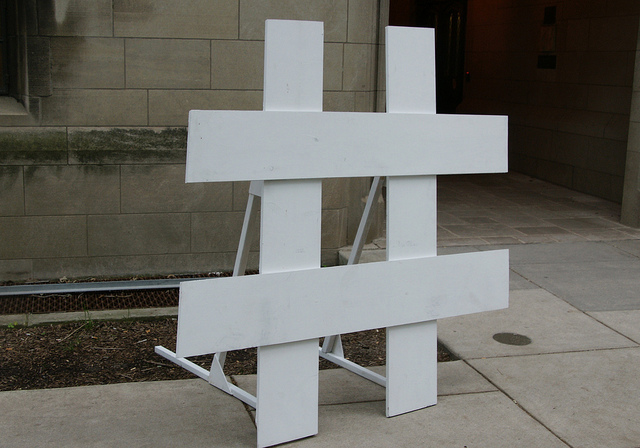
Hashtags are everywhere nowadays. Be it on Instagram, Twitter, Facebook, Pinterest or Google +, this new trend has managed to catch the eyes browsing through almost every social networking site. However, regardless of its popularity, a question that still tends to linger in minds is whether hashtags really play a significant role or not? Are they essential elements, and if yes, then when and where?
Hashtags are basically keywords or phrases added to updates by including this sign in front of them: #. The key feature of hashtags in social networking sites is that they make the words enter the world of hashtags where they become visible to all account users, even the ones not following your account. Thus, your hashed words are able to be noticed by numerous people, even millions of them sometimes, via several social media. Hence, what you write has the potential to reach a larger audience and go viral with the help of hashtags.
While almost anyone with a given social networking account is able to use hashtags, the truth is that not everyone is knowledgable in using them properly. While it’s okay to make use of hashtags for a couple of words, keeping it as simple as possible, going overboard with them is a complete no-no. Flooding tweets, statuses or updates with hashtags will make them appear as spam, making it difficult for your content to be understood by the readers.
Because the proper use of hashtags is indeed not as easy as it seems to be, Wazala brings to you 6 steps which can help you in mastering the art of hashtags.
- Social networks
Don’t make the mistake of believing that one size fits all. It rarely does, particularly when it comes to hashtags in social networking sites. The same keyword hashtags don’t necessarily work with the same effectiveness in all of the social media. It’s especially true since many media tend to possess some unique combination of memes and trends which are not as meaningful or popular in other media. This is why before using any hashtag, ensure that it is appropriate and used largely in the social network you are going to use it for.
- Overdo
As mentioned already, never overdo when it comes to hashtags. Usually, one is adequate or even a couple can do wonders when used appropriately, keeping simplicity and the right keywords in mind. Less is more in this case to provide your updates with the likelihood of catching more attention. When you use too many hashtags in the same update, readers get distracted and as a result, your main content gets lost somewhere in the puzzle of hashtags and loses the ability to stand out.
- Trends
Looking at new trends is a great way to know the types of hashtags to use. However it’s not enough to skim through the trending topics of social media and picking any that you fancy enough and using them for your updates. You need to make sure that the ones you are picking are in fact germane to your topic as well as the type of readers or audience you are trying to attract.
- Competitors
Whoever suggested keeping friends closer but enemies even closer obviously knew how important it is to keep eyes on the competitors. The same goes when you want to use hashtags. It’s especially useful when you are just on your beginner’s route to using hashtags. You can get a whole lot of ideas by simply looking at what your competitor’s are using. Don’t forget to check the social engagements such as number of likes, tweets or shares their updates receive in order to see which hashtags are the most effective.
- Updates
Before choosing any hashtag to use, why not check out if it’s actually safe for you to use without any bad buzz? You can do so easily by clicking on any hashtag and verifying the other updates using the same hashtag. If that particular hashtag is used for a majority of spam-like bad updates, it’s better to avoid it and go for something else.
- Reach
Last but not least, you have to keep an eye on your reach. To monitor so, you can carry out an experiment with the hashtags. You can use a few hashtags in an update for a particular week and then post a similar update the next week, but this time without adding any hashtags. Finally, compare the results of the two weeks by assessing the difference in engagement so that you can measure your increase in reach with the use of hashtags. So you will actually be aware of how effective your hashtags really are.
Now that you know how to master the art of hashtags, why not share this knowledge with others as well? And if you know of any other way of mastering this art, simply type away your views in the comment section.
Image by: romana klee